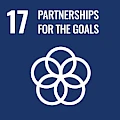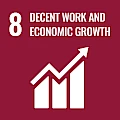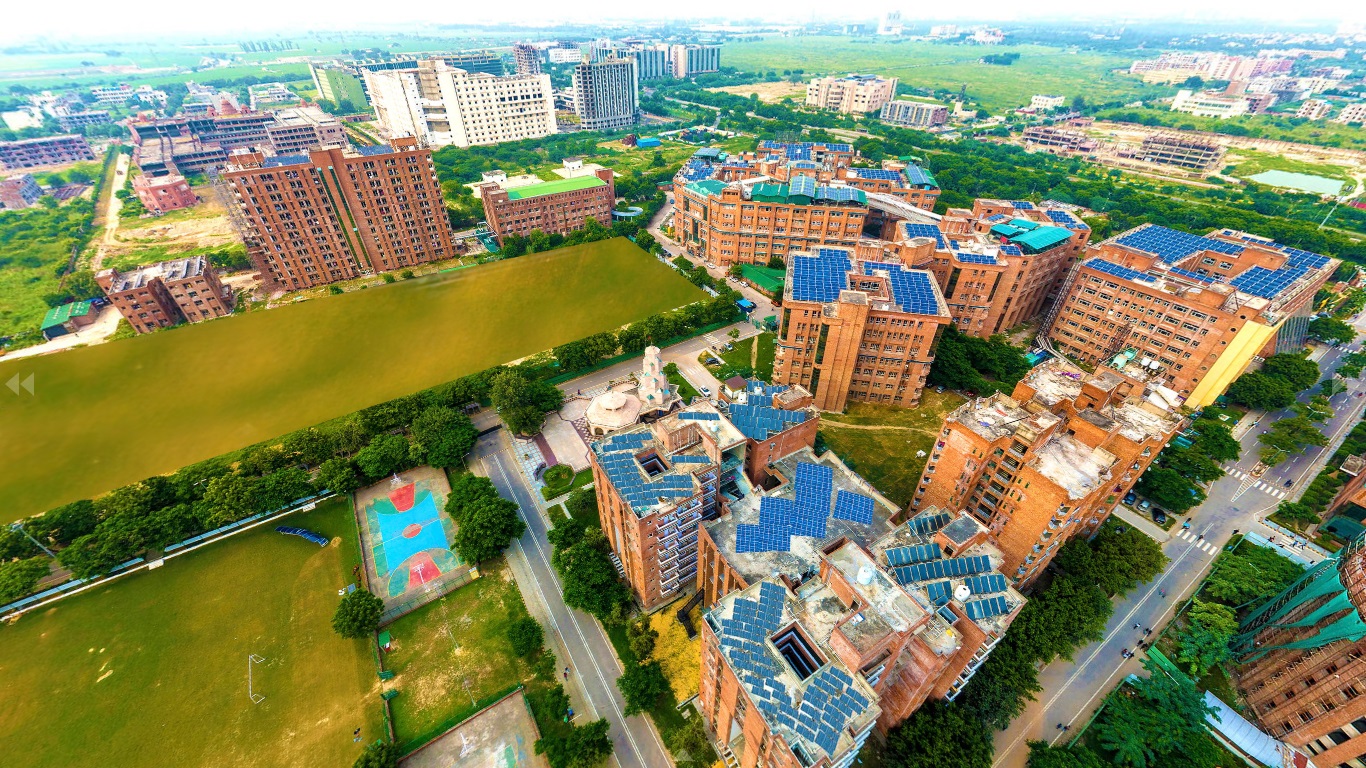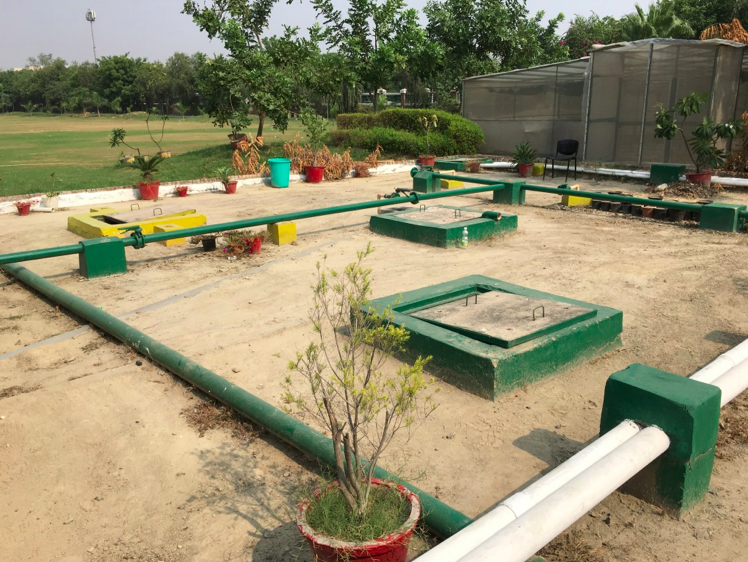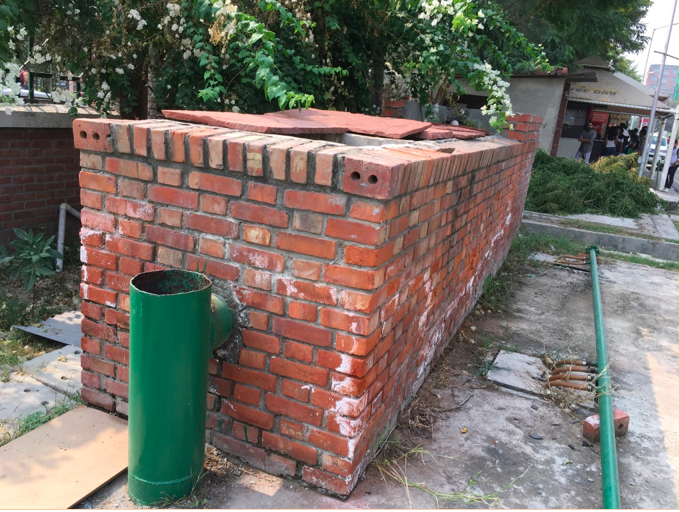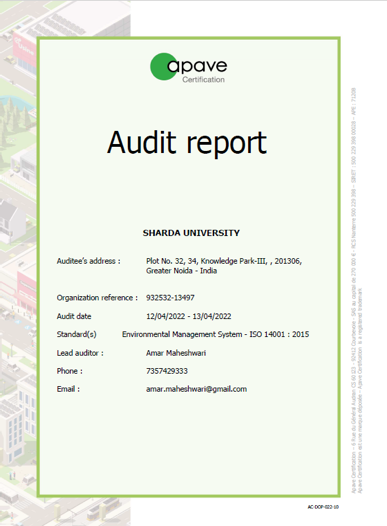
The Practice
The University has a focused approach for sustainable green practices on the campus, geared towards
implementing environmentally conscious activities, having spin-off short and long term financial
benefits.
The University admissions, administration, finance, attendance, examinations are fully digitized,
reducing the use of paper. The University ‘Waste Management Policy ‘provides for segregation of solid
waste into biodegradable waste (wet waste); non-biodegradable waste (dry waste) and hazardous
waste. The wet waste is converted as compost, the dry waste is segregated into the recyclable and non-
recyclables for disposal. The food and wet waste is processed/ decomposed by an on-campus Compost
Plant. Rainwater harvesting system of the University ensures reduction, recycle and reuse of water.There is a 400KLD capacity STP and 30KLD ETP for treating effluents; the recycled water is used for
horticulture and flushing system, and the sludge for manure.
Biomedical waste is disposed-off in
accordance with the statutory norms. Due process is also followed in handling hazardous chemicals and
radioactive waste management. The e-waste management involves e-waste segregation and disposal
through empaneled vendors following government guidelines.
For energy conservation, energy efficient appliances are used to reduce radiation, heat and
expenditures. A solar power plant has been set up. Sensor-based switches have automated the on/off of
lights, increasing the optimum use of energy. Reduce, recycle and reuse policy is implemented in case of
water. For irrigation, sprinkler and drip irrigation system is used, wherever feasible.
University has procured automated water spray vehicle to control the dust in the campus. Battery
operated vehicles have been introduced to move around the campus. The campus has been declared
‘No-Noise Zone’.
Used paper is reused. Massive plantation has resulted in more than 4000 plants succeeding. Students
through Students’ club, NSS and Eco-Task Force actively engage in green practices and thereby
safeguarding the environment. Landscaping and attractive greenery also serve the purpose of reduced
pollution. Complete ban on smoking and burning any material on the campus has been imposed. The
University has embedded three-credit course on green practices in curricula and its relevance for
conservation of natural resources and environment. Community Connect course also contributes in
spreading awareness on issues such as pollution and the measures to contain the same by the
community.
The University has an undergraduate programme in environmental sciences and a Centre of Excellence
on Solar Cells and Renewable Energy which is working on super capacitors for using energy resources
more effectively.
Evidence of Success
The energy audit carried out by the University recently has brought out substantial savings on
expenditure due to various energy saving practices adopted. The Solar PV energy, solar geyser system
and replacement of tube lights (4200) with LEDs, etc. have led to annual electricity saving of more than
14.54 lakhs KWh/per year. The efforts of the University have been duly recognized by U.P. Government
as 1st ranked institution in energy conservation. The large scale plantation has perceptibly brought
down temperature on the campus. Similarly, rain water harvesting measures and conservation of water,
structured waste management, etc., have contributed to the overall improvement in the maintenance
and up keep of the University at a lower operational cost. Digitization of processes involved in
admission, attendance, administration and examination, etc., has facilitated handling of work in a
comparatively much faster and accurate manner, besides resulting in savings on account of purchase of
papers, etc.
Increasing participation of students in environmental protection practices is a positive sign for a clean
and green future. It is expected that the future generation will benefit from improved air and water
quality, fewer landfills and more renewable energy resources, leaving a much smaller carbon footprint.

UN Sustainable Development Goals Reports

Sharda University SDG 1: No Poverty
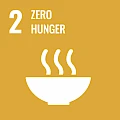
Sharda University SDG 2: Zero Hunger

Sharda University SDG 3: Good Health and Well-Being

Sharda University SDG 4: Quality Education
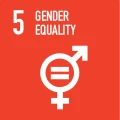
Sharda University SDG 5: Gender Equality

Sharda University SDG 6: Clean Water and Sanitation
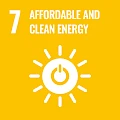
Sharda University SDG 7: Affordable and Clean Energy

Sharda University report SDG 9 - Industry, Innovation and Infrastructure

Sharda University SDG 10: Reduced Inequalities

Sharda University SDG 11: Sustainable Cities and Communities
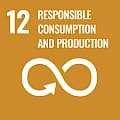
Sharda University SDG 12: Responsible Consumption and Production

Sharda University SDG 13: Climate Action
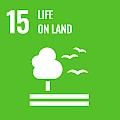
Sharda University SDG 15: Life on Land

Sharda University SDG 16: Peace, Justice and Strong Institutions
